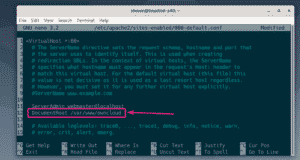


If you do not require low latency for your system then please use the -generic kernel.

The most useful information that can be garnered from this entry(copied and pasted from the above wiki page): There is a great description of the different kernel types available at: If you are using any of the audio/media focused Linux distributions below, you can skip to the Configuring Jack section. Again, this only allows routing of audio. This only allows routing of audio.įor advanced audio routing on a Mac, there is SoundFlower. The closest solution is using Virtual Audio cables. The audio output of Hydrogen can be sent to QTractor for monitoring while tracking live electric bass to the drums. This means that one program, such as Hydrogen, could be used to sequence drums. Jack allows audio/MIDI to be routed freely between programs in a modular way. There isn’t really an equivalent audio system like Jack on Mac or PC.

Posting bugs or feature requests to the GitHub/Sourceforge/Forum of your favorite audio software is a great way to contribute back. If you are a musician/sound designer then that piece of software will be your DAW and audio plugins. A good way to approach this is to pick a piece of software you are passionate about and use all the time. Many people love open source software but are confused as to how best contribute back to the community. Ability to contribute to open source by pursuing your passion for music/audio.There is no need to worry about iLok licenses, number of software unlocks allowed, etc. There are hundreds of capable free synth and audio plugins available. The cost of entry into audio production and recording in Linux is extremely low. Why would you want to make music under Linux when there is already so much available in the Mac and Windows ecosystems for audio production? This is the first part of a multi part series. This tutorial documents the steps I’ve taken to setup my studio machine for music creation using Linux.


 0 kommentar(er)
0 kommentar(er)
